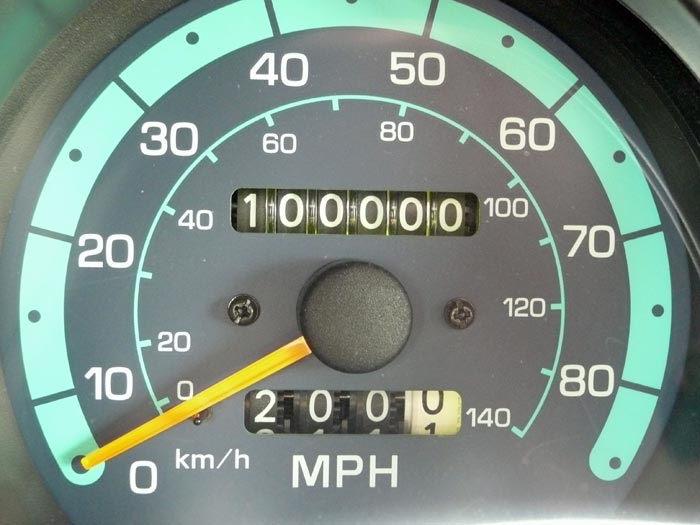A Wall Street Journal Op-Ed by Bjorn Lomborg, “Green Cars Have a Dirty Little Secret,” argues that even though driving on electricity emits half as much pollution as driving on gasoline, it never makes up for the additional energy it takes to build electric cars. How does Lomborg do the math? First, he picks an estimate for electric car manufacturing emissions that’s three times higher than conventional estimates. Second, he imagines electric cars will be prematurely sent to the junkyard, well before they’re even out of warranty. Everyone likes exposing a fake, but if there’s a hoax here, it’s not the electric car.
Lomborg’s argument rests on the reasoning included in this sentence: “If a typical electric car is driven 50,000 miles over its lifetime, the huge initial emissions from its manufacture means the car will actually have put more carbon-dioxide in the atmosphere than a similar-size gasoline-powered car driven the same number of miles.”
The premise that the typical electric car will only be driven 50,000 miles is fanciful. Both the Chevy Volt and Nissan Leaf electric powertrains are backed by 100,000-mile warranties and there’s little reason to believe they won’t be driven much further. In fact, many drivers of the electric RAV4 Toyota produced in limited numbers between 1997 and 2003 have logged well over 100,000 miles. Below is a photo taken by one such proud owner when his odometer hit six figures in 2009. Today’s much more capable and advanced electric cars will go at least as far.
Turning to the question of “huge initial emissions” from manufacturing, most researchers agree that building electric cars today requires more energy than building gasoline vehicles, but estimates for production emissions from Argonne National Laboratory are roughly three times less than those used by Lomborg. It should also be noted that conventional automobile manufacturing has benefited from over a century of learning-by-doing and economies of scale. Ford plants today bear little resemblance to those that built the first Model-Ts. We should expect and demand similar improvements in the mass production of electric vehicles.
Lomborg also claims that cars charged with electricity made from coal are dirtier than gasoline vehicles. The environmental benefits of driving on electricity do depend on where you plug-in and there are a few very coal-dependent states in which the most efficient gasoline hybrid is the better environmental choice. However, there is no region of the United States where driving an electric car is not cleaner than driving the average gasoline vehicle and almost half of Americans live in states where electric cars are by far the best option available today.
And that’s today. The benefits of driving on electricity will only increase in the future as more and more old coal plants are retired and replaced by cleaner and renewable resources. Twenty-nine states have renewable energy procurement targets and coal is increasingly becoming economically unattractive. In other words, electricity will become cleaner over time, while gasoline will only get dirtier as oil companies look to unconventional resources such as tar sands.
Lomborg’s statement that the “current best estimate of the global warming damage of an extra ton of carbon-dioxide is about $5,” is also misleading. He cherry picks the lowest of four values the government uses for such calculations ($5, $21, $35, and $65). By most accounts, the “best” estimate is at least four times higher than Lomborg’s figure.
The Wall Street Journal would do a better service to its audience by reality checking its opinion writers’ facts and asking its readers if they would prefer to remain addicted to oil in perpetuity. I’m guessing most of them would like the idea of driving on a cleaner, domestic fuel at a price that’s equivalent to driving on buck-a-gallon gasoline for life.


